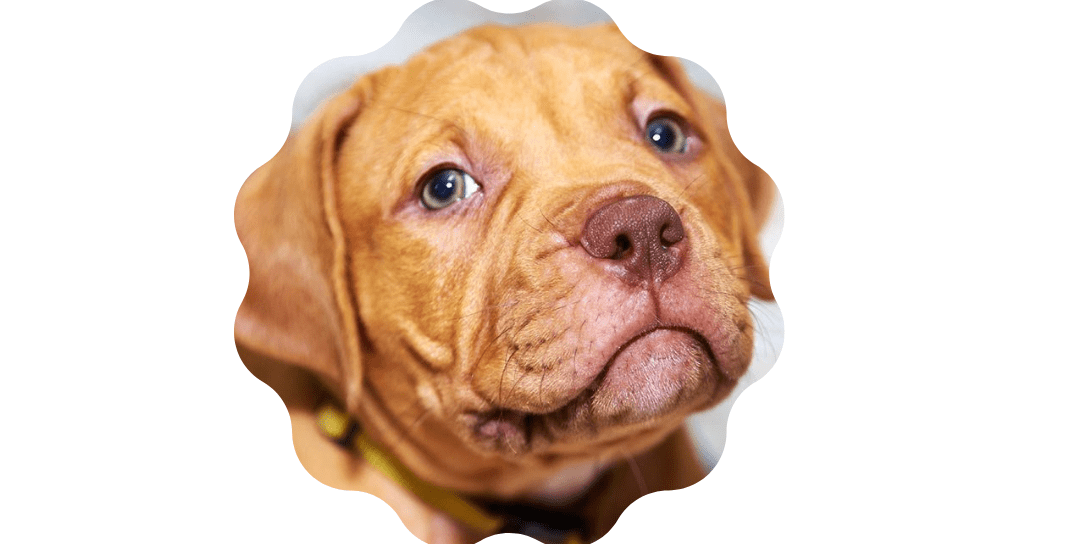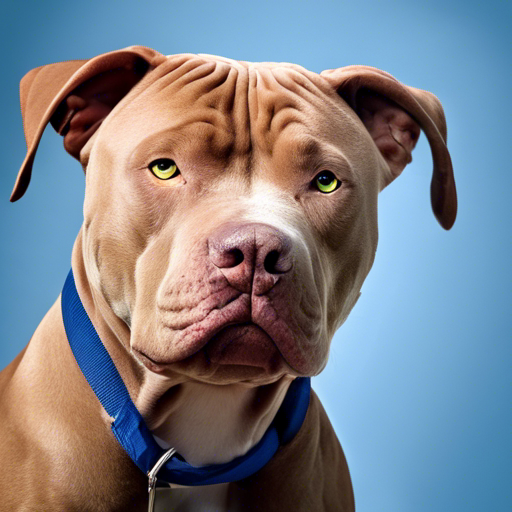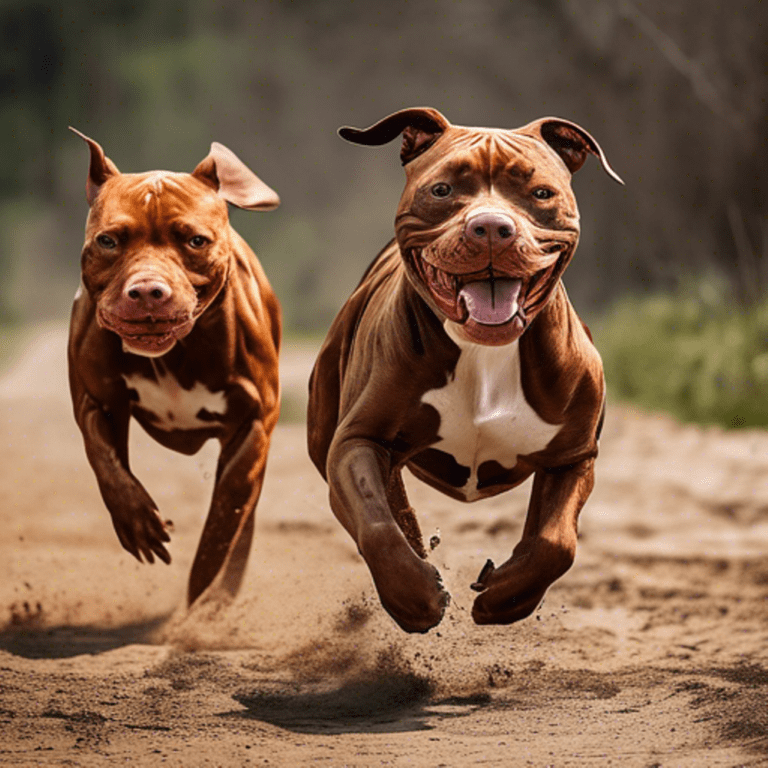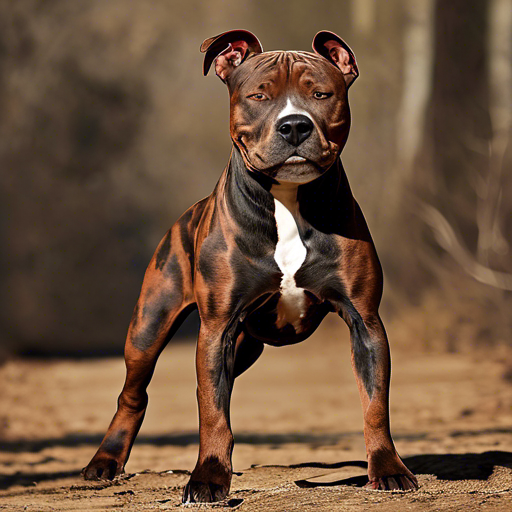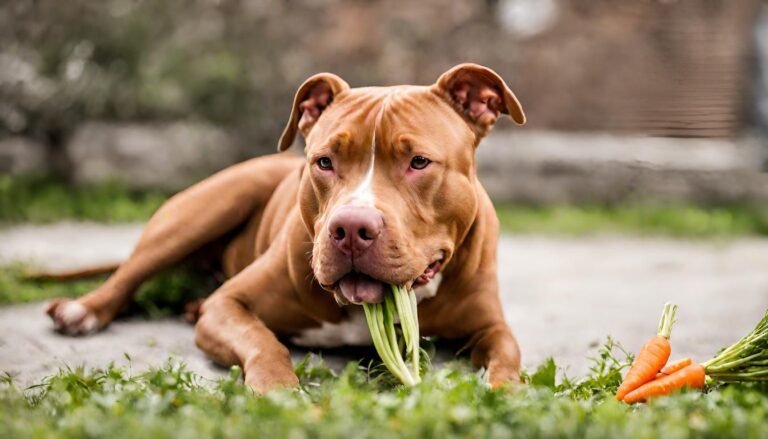Types of Red Nose Pitbull Dog Training – 7 Proven Methods
Training is crucial for Red Nose Pitbulls to ensure they understand boundaries, commands, and proper behavior. Without proper training, these energetic dogs may exhibit destructive behavior or become difficult to manage.
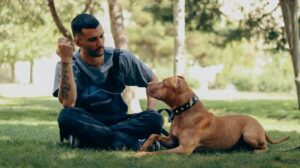
1. Positive Reinforcement Training
Positive reinforcement training involves rewarding desired behaviors to encourage their repetition. For Red Nose Pitbulls, this method is highly effective as it focuses on encouraging good behavior rather than punishing unwanted actions.
2. Clicker Training
Clicker training is a form of positive reinforcement that utilizes a small handheld device that makes a distinct clicking sound. This method helps to clearly communicate to the dog when they’ve performed the desired behavior, making it easier for them to understand what is expected of them.
3. Behavioral Training
Behavioral training addresses specific issues such as aggression, separation anxiety, or excessive barking. With patience and consistency, Red Nose Pitbulls can learn to overcome these challenges through targeted training techniques.
4. Obedience Training
Obedience training teaches basic commands such as sit, stay, and come. These commands are essential for ensuring the safety and well-being of both the dog and its owner, especially in public settings.
5.Agility Training
Agility training not only provides physical exercise but also mental stimulation for Red Nose Pitbulls. This type of training involves navigating obstacle courses, which can help improve their coordination, agility, and overall obedience.
6. Socialization Training
Socialization is vital for Red Nose Pitbulls to ensure they are comfortable and well-behaved around other dogs and people. Early and consistent socialization can help prevent aggression or fearfulness towards unfamiliar situations.
7. Protection Training
Protection training teaches Red Nose Pitbulls how to protect their owners and property responsibly. While these dogs naturally have protective instincts, proper training is necessary to ensure they understand when and how to react appropriately.
Advanced Training Methods
Advanced training includes teaching complex commands and tricks, such as retrieving items or performing agility courses. These activities provide mental stimulation and can strengthen the bond between owner and dog.
Consistency in Training
Consistency is key in training Red Nose Pitbulls. Owners must establish clear expectations and consistently reinforce desired behaviors to ensure effective training results.
Training Tools and Resources
Various tools and resources are available to assist in Red Nose Pitbull training, including training collars, leashes, and educational materials. However, it’s essential to choose tools that align with positive reinforcement principles and never resort to punishment-based methods.
Common Pitfalls in Training
Common challenges in training Red Nose Pitbulls include stubbornness, distractions, and inconsistent training methods. Addressing these challenges with patience and persistence is crucial for successful training outcomes.
Benefits of Professional Training
While many owners can successfully train their Red Nose Pitbulls at home, professional training may be beneficial for addressing specific behavioral issues or advanced training needs. Professional trainers can provide personalized guidance and support tailored to the individual dog’s requirements.
Conclusion
Training is an essential aspect of responsible Red Nose Pitbull ownership. By utilizing positive reinforcement techniques and consistency, owners can help their Pitbulls become well-behaved, obedient, and happy companions.
What Is the Best Type of Training for red nose pitbull dogs?
The best type of training for Red Nose Pitbull dogs is positive reinforcement training. This method focuses on rewarding desired behaviors with treats, praise, or other rewards, which encourages the dog to repeat those behaviors. Positive reinforcement training is particularly effective with Red Nose Pitbulls because it builds a strong bond between the owner and the dog and helps establish clear communication. This type of training also creates a positive learning environment and reduces the likelihood of fear or aggression in the dog. Overall, positive reinforcement training is gentle, effective, and fosters a trusting relationship between the owner and their Red Nose Pitbull.
How Do You Choose the Right red nose pitbull Dog Training Method?
Choosing the right Red Nose Pitbull dog training method involves considering various factors to ensure it aligns with your dog’s temperament, needs, and your training goals. Here are some steps to help you choose the right training method:
1. Understand Your Dog’s Personality:
Take time to observe your Red Nose Pitbull’s personality, energy level, and learning style. Some Pitbulls may respond better to gentle, positive reinforcement techniques, while others may require more structured, consistent training methods.
2. Research Different Training Methods:
Familiarize yourself with various training methods, such as positive reinforcement, clicker training, obedience training, and behavioral training. Each method has its advantages and may be more suitable for specific behaviors or training goals.
3. Consider Your Dog’s Needs:
Assess your dog’s specific training needs, whether it’s basic obedience, addressing behavioral issues, or advanced skills training. Choose a method that addresses these needs effectively and provides the necessary guidance and support.
4. Consult with Professionals:
If you’re unsure which training method is best for your Red Nose Pitbull, consider seeking advice from professional dog trainers or behaviorists. They can assess your dog’s temperament and provide personalized recommendations based on their expertise.
5. Evaluate Training Resources:
Look for reputable training resources, such as books, online courses, or local training classes, that offer guidance and support for your chosen training method. Ensure the resources align with positive reinforcement principles and promote a safe and positive learning environment for your dog.
6. Start with Basic Training:
Begin with basic training exercises to establish a strong foundation and build trust and communication with your Red Nose Pitbull. Gradually progress to more advanced training techniques as your dog becomes more proficient and confident.
7. Be Flexible and Patient:
Be open to adjusting your training approach based on your dog’s response and progress. Remember that every dog is unique, and it may take time to find the most effective training method for your Red Nose Pitbull. Stay patient, consistent, and positive throughout the training process.
By considering these factors and taking a thoughtful approach to choosing the right training method, you can ensure a positive and rewarding training experience for both you and your Red Nose Pitbull.
